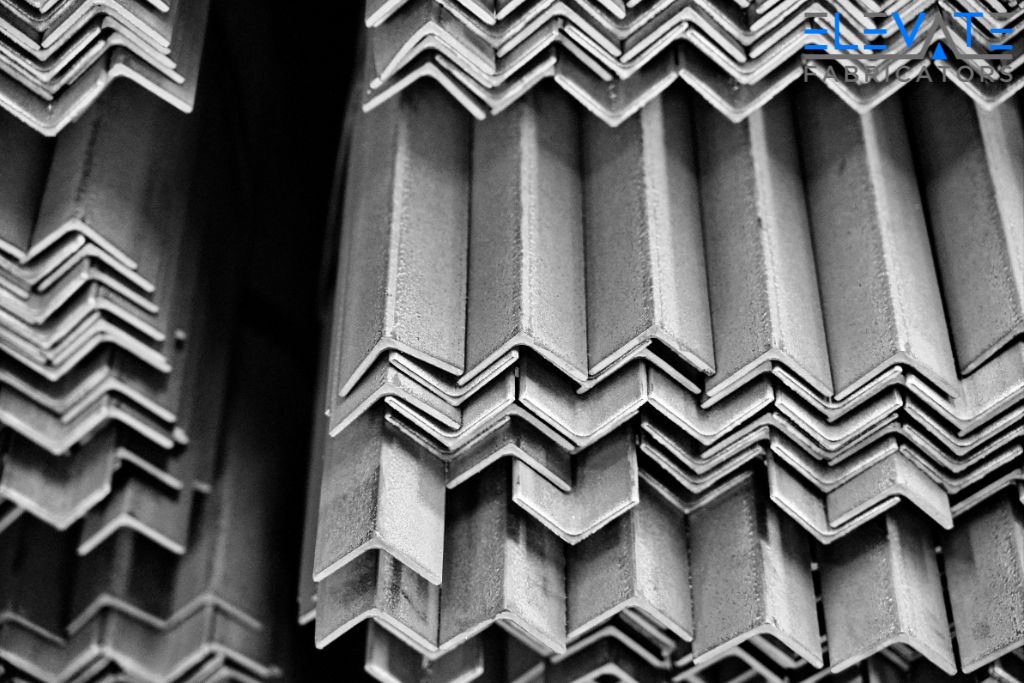Windows are crucial in San Antonio’s building elements, supplying light, ventilation, and aesthetic appeal. The aluminum window manufacturing process is a complicated interplay of layout, materials, and technology that guarantees capability and energy performance.
Each degree contributes to the last product’s overall performance and sturdiness, from selecting extraordinary materials like vinyl, wood, and aluminum to advanced glazing techniques. Understanding this procedure highlights the craftsmanship and informs customers about the importance of energy-efficient alternatives in San Antonio TX.
As the call for sustainable answers grows, improvements in window production continue to adapt, shaping the future of architectural layout and construction.
Materials Used

Vinyl
Vinyl windows are made from PVC, an artificial polymer renowned for its energy performance and resistance to moisture. The vinyl window manufacturing process involves extruding the vinyl into diverse shapes for frames and sashes. Vinyl’s inherent insulation properties help lessen energy consumption in buildings, making it an environmentally friendly choice.
Wood
Wood remains an undying choice for window production. The system starts by deciding on tremendous wood, which is then handled for durability. Manufacturers often use engineered wood, such as laminated veneer lumber, to enhance strength and reduce the risk of warping. Wooden windows may be stained or painted to match any architectural fashion, providing versatility and overall performance.
Aluminum
Aluminum home windows are preferred in modern-day structures for his or her smooth profiles and electricity. The production involves extruding aluminum into window frames, which are then anodized or painted to enhance corrosion resistance. Thermal breaks can be incorporated into aluminum windows to improve energy efficiency, addressing the not-unusual drawback of excessive thermal conductivity.
Fiberglass
Fiberglass windows are made from a composite fabric that combines glass fibers and resin. This system permits excessive durability and resistance to the elements with minimal thermal expansion. Fiberglass may be molded into diverse sizes and styles, supplying flexibility in design while maintaining strength and efficiency.
Custom Window Services San Antonio TX
Design and Engineering
Custom vs. Standard Designs
The challenge’s requirements regularly dictate the selection between custom and preferred designs. Custom designs can involve complex details, unique shapes, or unique dimensions aligning with a construction’s structure. In contrast, well-known designs benefit from economies of scale, taking into account faster production times and lower fees.
CAD Technology in Design
CAD software program is pivotal in cutting-edge window layout, enabling designers to create 3D models that may be examined for performance. This technology allows for fast prototyping and adjustments, addressing any capacity issues before transferring to manufacturing. CAD additionally helps collaboration among designers and engineers, fostering innovation and performance.
Compliance with Building Codes
Window designs must meet various local and national building codes, which alter aspects such as safety, energy efficiency, and accessibility. Manufacturers should stay updated on these codes to ensure compliance, which not only protects consumers but also complements the overall look of homes.
Manufacturing Process

Material Preparation
The initial stage involves cautiously choosing and preparing materials. This may include reducing huge sheets of glass into unique configurations and dimensions, which is regularly achieved using specialised glass-slicing machinery. Quality assessments are also conducted at this level to ensure that the substances meet the required specifications.
Cutting and Shaping
Precision slicing and shaping are essential for creating window frames and sashes. Advanced CNC (Computer Numerical Control) machines enable manufacturers to attain challenging designs with excessive accuracy. This automation reduces waste and permits extra complex shapes that would be difficult to achieve manually.
Frame Assembly
During the meeting, the frame additives are joined collectively via welding (for vinyl and aluminum) or using adhesives and mechanical fasteners (for timber and fiberglass). This step calls for professional labor to ensure the frames are sturdy and correctly aligned, essential for proper features and toughness.
Glazing
Glazing is one of the most crucial factors in window manufacturing. Manufacturers can also use single, double, or triple glazing, depending on the preferred insulation properties. The glazing procedure includes sealing the glass into the frame with sealants that prevent moisture infiltration and improve power performance. Spacer bars are often used between panes to create an insulating air area.
Sealing and Finishing
Sealing is important to ensure that home windows are airtight and watertight. High-performance sealants are applied to joints to prevent air and moisture leaks. Finishing touches may also consist of painting, staining, or using shielding coatings, which not only decorate appearance but also offer additional safety against weathering and UV publicity.
Quality Control Measures
Quality management methods are incorporated into production. This includes visual inspections and rigorous checking for air and water infiltration, thermal performance, and structural integrity. By adhering to stringent pleasant requirements, manufacturers can guarantee that their windows will last for years.
Final Steps
Packaging and Shipping
Proper packaging is vital to shield windows at some point of delivery. Manufacturers generally use foam or cardboard to cushion the glass and frames, minimizing the danger of damage. Ensuring home windows are securely packaged reduces go-back quotes and enhances purchaser delight.
Installation Considerations
The set-up segment is essential for the overall performance of home windows. Manufacturers frequently provide targeted installation recommendations, together with tips for sealing and insulation. Proper installation allows for maximum power performance and extends the life of the windows.
Customer Support and Warranties
Quality customer service is a trademark of the official window manufacturers’ process. Providing warranties on products offers clients peace of mind, ensuring that they are covered against production defects. This guide can encompass guidance on maintenance, troubleshooting, or even alternative elements, improving the general patron experience.
The window manufacturing technique combines art and science, incorporating advanced materials, innovative generation, and professional craftsmanship. As the demand for strength-efficient and aesthetically attractive home windows keeps developing, producers are rising to the assignment by adopting sustainable practices and embracing new technologies.







